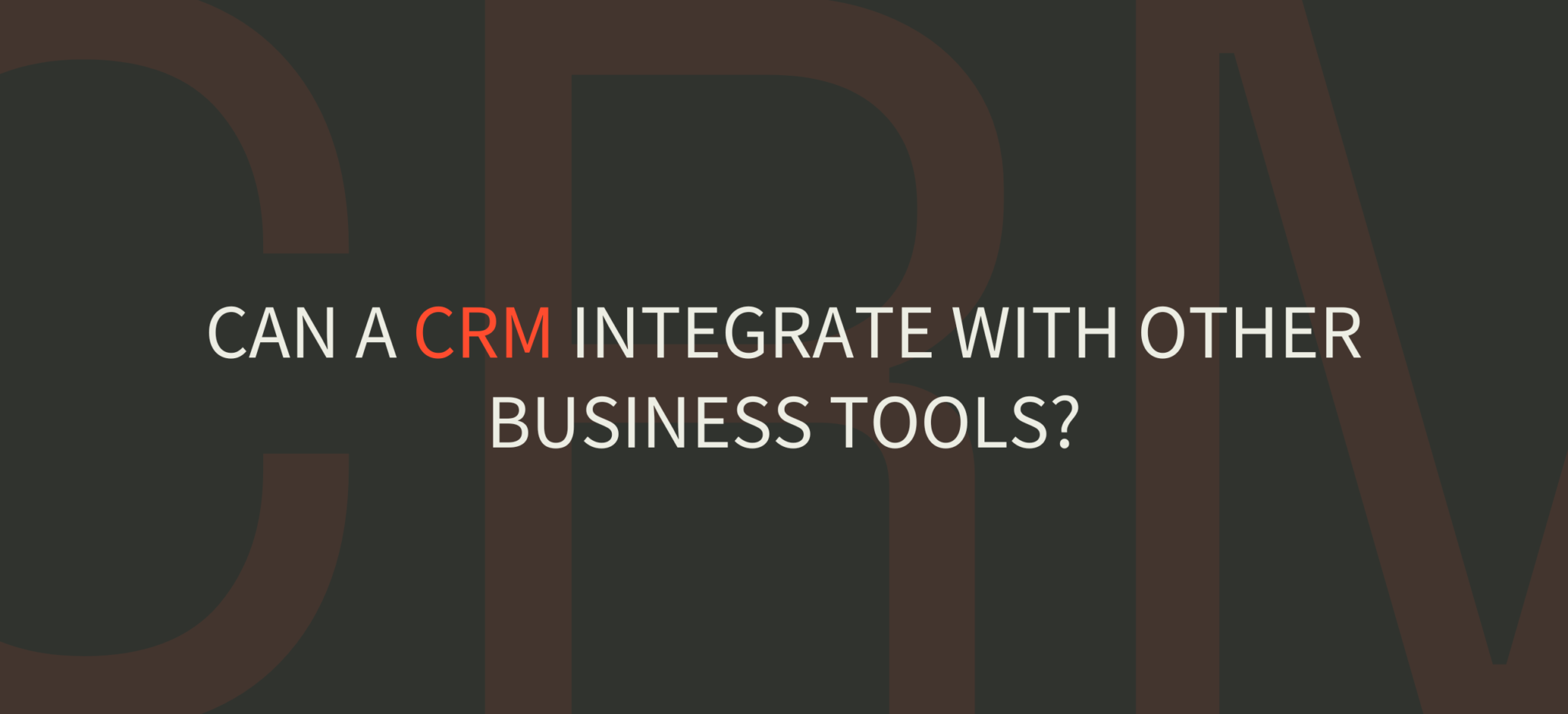
The Importance of Customer Lifetime Value in SaaS: Calculation and Impact
Understanding and optimizing customer lifetime value (CLV) is crucial for Saas sustained growth and success. Customer lifetime value is not just a metric to track; it’s a compass that guides strategic decisions and marketing efforts, especially in a competitive environment. This concept is particularly significant when integrated with powerful tools like HubSpot, which help in enhancing customer relationships and, consequently, CLV. Here, we explore the importance of customer lifetime value, its calculation, and its impact on SaaS businesses, while highlighting how HubSpot can be utilized to maximize this vital metric.
What is Customer Lifetime Value?
Customer lifetime value represents the total revenue a business can reasonably expect from a single customer account throughout their relationship with the company. This metric helps businesses make informed decisions about how much resource they should allocate to acquire new customers and retain existing ones. In the context of SaaS, where recurring revenue models are common, understanding customer lifetime value is essential for predicting long-term business viability and profitability.
Why is Customer Lifetime Value Crucial in SaaS?
- Budget Allocation: Knowing the customer lifetime value helps companies decide how much to spend on acquiring customers and what resources to allocate for customer retention.
- Customer Segmentation: By understanding different values associated with different segments, companies can tailor their services and marketing efforts to the most profitable segments.
- Improving Retention Rates: It costs significantly less to retain existing customers than to acquire new ones. High customer lifetime value is indicative of good retention rates, which are vital in the SaaS industry.
- Predicting Future Revenue: Customer lifetime value provides a snapshot of future revenue, which is crucial for planning and growth strategies in the volatile tech industry.
Calculating Customer Lifetime Value in SaaS
The calculation of customer lifetime value in a SaaS context involves several key metrics: average monthly revenue per user (ARPU), churn rate, and customer lifespan. The basic formula for CLV is:
CLV=ARPU×CustomerLifespanCLV = ARPU \times Customer Lifespan
Customer lifespan can be derived from the churn rate (the percentage of customers who cancel their subscription in a given period) as:
CustomerLifespan=1/ChurnRateCustomer Lifespan = 1 / Churn Rate
This calculation assumes a steady state of revenue and churn, which might not always hold true but provides a good baseline.
HubSpot’s Role in Enhancing Customer Lifetime Value
Integrating a tool like HubSpot can significantly enhance customer lifetime value in several ways. HubSpot’s comprehensive CRM platform offers automation, personalization, analytics, and more, which help in nurturing customer relationships and reducing churn.
- Personalization: HubSpot allows SaaS companies to deliver personalized experiences through targeted marketing campaigns, tailored content, and timely interactions, all of which can enhance customer satisfaction and retention.
- Automation: With HubSpot, companies can automate repetitive tasks like email marketing, customer service follow-ups, and lead nurturing. This not only improves efficiency but also ensures that no customer feels neglected.
- Data-Driven Insights: HubSpot provides powerful analytics tools that help companies track customer interactions, measure engagement levels, and identify at-risk customers before they churn.
- Enhanced Customer Support: HubSpot’s service hub includes ticketing systems, knowledge bases, and customer feedback tools, which improve the overall customer support experience and, consequently, customer retention.
The Impact of Customer Lifetime Value on SaaS Businesses
A high customer lifetime value indicates a healthy, growing SaaS business. It implies that the company is not only attracting the right kind of customers but is also successful in retaining them over time. This metric impacts nearly every strategic decision a SaaS company makes, from product development and customer service enhancements to marketing strategies and beyond.
Customer lifetime value is a pivotal metric for any SaaS company aiming for long-term success and profitability. By leveraging powerful tools like HubSpot, businesses can significantly enhance their customer relationships, thereby increasing their customer lifetime value.To see how our solutions can help boost your company’s customer lifetime value through effective use of HubSpot, book a demo with Ale today.
Drop us a line here, and let’s understand how we can help you.
Article Written by
Katrina Sant Fournier
Similar articles you might be interested in

Understanding SaaS Churn: Causes, Consequences, and Solutions
Did you know that a 5% reduction in customer churn can potentially increase a SaaS company’s profitability by up to 95%? This striking statistic from a recent McKinsey study highlights the critical impact that managing churn has on the bottom...

Using the TAM SAM SOM Calculator: Defining Your SaaS Market Strategy
Saas success is not just about acquiring new customers it’s about understanding the long-term financial What is the TAM SAM SOM Calculator in Saas? The TAM SAM SOM calculator is a powerful model that helps businesses define and size their...

Can a CRM Integrate with Other Business Tools?
“Can a CRM integrate with other business tools?” The answer is a resounding yes, especially when you leverage robust platforms like HubSpot. In fact, CRM integration with other business tools is often the linchpin for seamless operations, real-time customer insights,...